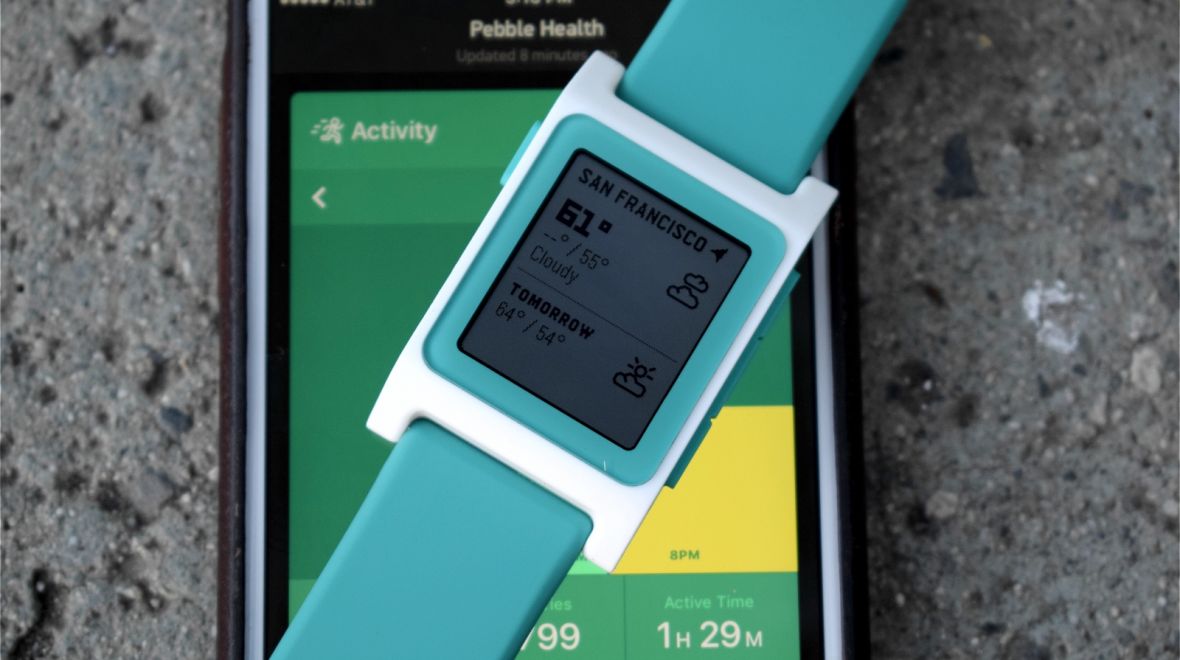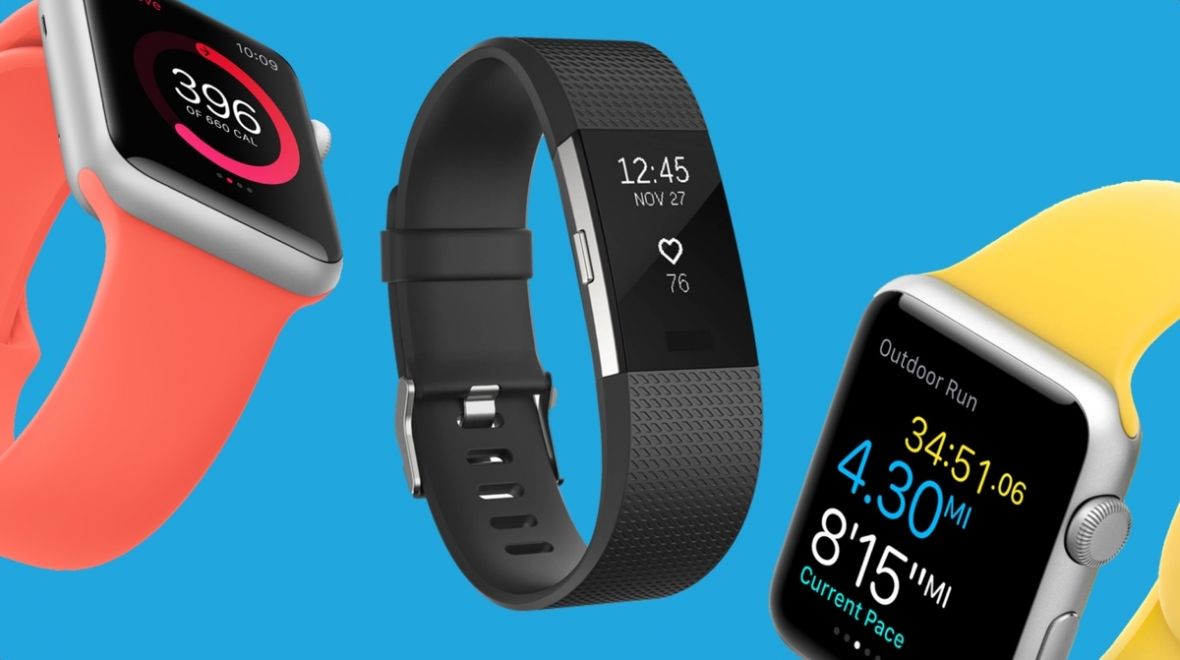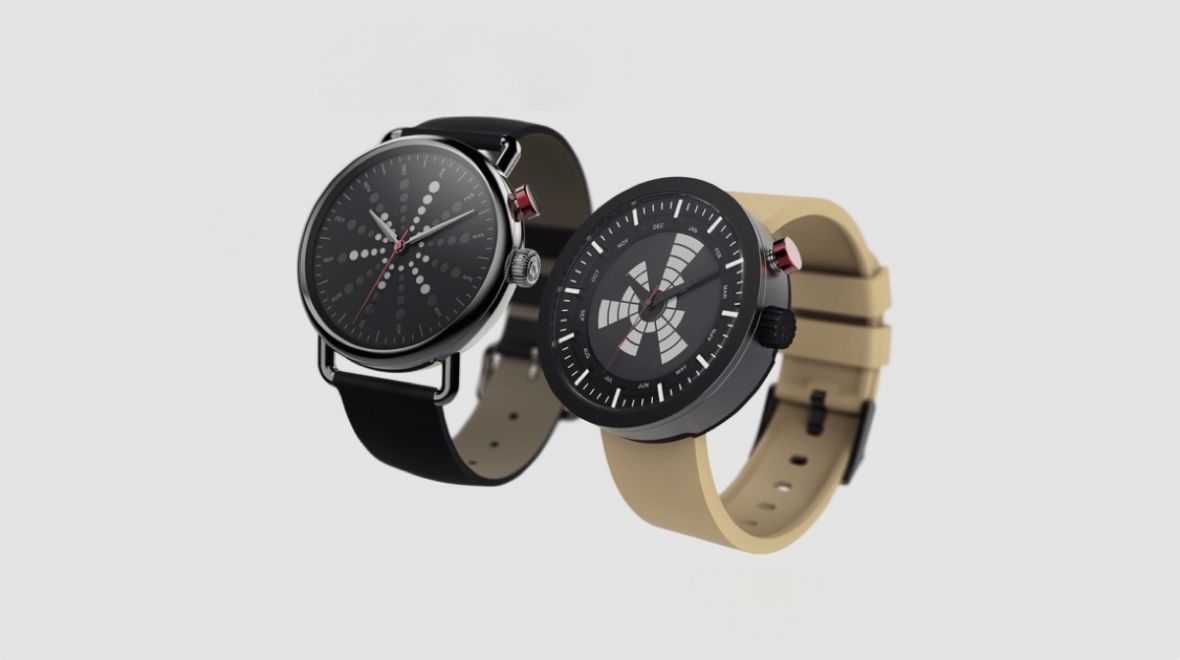The Gear Fit is Samsung’s answer to the activity
tracker revolution. It’s arrived as a Galaxy mobile-only accessory – rather
than compatible with any old Android phone – alongside the other Samsung Gear smartwatches.
Updated: Samsung Gear Fit 2 review
Like its siblings, it’ll buzz you with your notifications
and that gives it a big head start against the hugely successful bunch made up
of the Jawbone UP24, Fitbit Flex et al.
Gear guide: What
Samsung smartwatch is right for you?
It’s also got a built-in heart rate monitor that puts
another spring in its step. The real question, though, is whether or not it’s
got the core credentials of tracking your fitness that really count – let’s
delve deep and find out.

Features and design
There aren’t many fitness bands that come with a
screen at all, let alone the Super AMOLED, touchscreen display that’s found on
the Samsung Gear Fit. It really is the showpiece. Sure, the Nike+ Fuelband SE
has those LEDs but this is in another league. The only other one that comes
close is the Garmin Vivofit and that still falls way short.
The Gear Fit also kicks the collective derrieres of its
peers with its ability to Bluetooth to your Samsung mobile and bring you all
the SMS, email, phone call, Twitter and Facebook notifications that the Gear
smartwatches can too. It’s quite simply the best on this front.
At 27g, this band is no bother to wear and its nicely
unisex looks suit any wrist with its tasteful, plastic strap and double-pin
fastening mechanism. The 1.84-inch display takes up most of the back of your
arm and you can easily change the orientation of the information all the way
through 90-degree turns to suit whatever arm and angle you prefer.
There’s an easy menu system to swipe through where
you’ll find utilities like a stopwatch, a timer and even a media controller
that lets you pause, play, skip and change the volume of the music on your
mobile.

Activity tracking
The problem with the Samsung Gear Fit – the reason
you’d probably be best off buying a different activity tracker – is, because…
it’s not a very good activity tracker.
It does much of what the other fitness bands offer. It
counts your steps, it sets you goals and it tracks your running and cycling
too. The trouble is that it doesn’t do it quite as well as the competition and
the S Health recording and coaching platform is touch and go at best.
The pedometer is reasonable but the accelerometer and
gyros inside failed to pick up our walking when we did so pushing a buggy. Our
arms weren’t swinging enough for its liking, so it didn’t record anything. Now,
that might happen with some other trackers too but the opportunity was there to
communicate with the Samsung mobile in our pocket which was counting steps all
on its own perfectly well, but the sync never materialised and we ended the day
with two different scores that never quite married.
There’s also not much in the way of motivation such as
you’ll find with the Nike+ and other bands. You get a buzz after 5,000 steps
and a buzz at 10,000; no lights, no Fuel, no fun.
You can choose to put the Gear Fit into the dedicated
Exercise mode too where it will measure your distance, your time and your
calories burned if you’re either walking, hiking, running or cycling. You can
set goals for any of those and the built-in optical heart-rate monitor will
start to do its work here. You can take a glance at how hard you’re going and
the Fit will tell you to speed up, slow down or keep it the same. The trouble
is that the pulse measurement is not always accurate. We were told to maintain
that steady pace while we were stood still and waiting to cross the road. For
more accurate and useful heart-rate data, you’ll want to go for the Garmin
Vivofit and its chest strap accessory.
The repertoire of activities is also not as broad as
it might be. There’s no yoga, no gym, no swimming and no particularly good way
of adding that into the system. Some, like the Nike+ bands take this stuff into
account with approximation algorithms and others, like the Fitbit Flex, allow
more third party app tie-ins with their platforms to make sure that everything
is included. We just don’t feel that any of this is quite there between the Gear
Fit and S Health at the moment. It’s quite nicely designed and it’s a good
start but it’s not that sophisticated, nor particularly compelling either.
We did quite like the Coach section of the S Health app
that suggests different ideas for improving your lifestyle and health. We like
Coach’s nudges and scoring system but currently this is all done a bit better
by the badges and social aspects of the rest of the fitness tracker community.

Sleep tracking
Sleep tracking on all of the Samsung Gear wearables is
just not good enough right now. Firstly, you need to tell them when you go to
sleep. That’s obviously impossible. So, instead the Fit and pals get a measure
of when you decide you’d like to try to sleep. The interim time of that
happening is the first inaccuracy.
By the same token, you also have to tell the device
when you’ve woken up. As it goes, all that it does in between is that it keeps
a track of how much you move in the night according to whether the sensors
inside detect your arm flopping about. There’s no use of heart rate, of
temperature, or of anything else that might indicate the quality of your rest.
What you get, then, at best, is some graphs showing you how many hours of kip
you’ve had over the last few weeks, but you probably knew that anyway.

App
The Gear Fit Manager and S Health mobile apps are the
two that you’ll need to concern yourself with. The former is excellent and the
latter…not so much. All your device customisation with wallpapers and watch
faces are taken care of in a cinch. Find something you like on your phone, hit
the button and, bingo, it’s beamed straight over to the Gear Fit. And, as for
settings and notification control, it’s very much the same thing.
There’s a really good, granular level of detail that’s
made far easier through Gear Fit Manager than it would be if you were trying to
poke around on that little, curved AMOLED display on your wrist. It’s just a
shame that the S Health platform doesn’t hit those same high notes.
S Health is a pretty good effort in terms of structure
but while it’s all there, there’s not much of a sense that any of it is
connected and, after all that running and all the data you’ve been working hard
to gather, there’s an overwhelming feeling of ‘so what’? The rewards for
hitting your goals don’t gamify the process as other fitness tracker platforms
have managed so successfully.
You don’t feel like you’re in expert hands either.
There’s the Coach but he/she doesn’t fill you with the confidence that they’ve expertly
planned a life program just for you. There’s also not enough compatibility with
other, more successful, fitness apps to which you might be able to export your
findings and put them to some good use. With the Gear Fit at least 50 per cent
more expensive than its rivals, it’s rather hard to justify.

Battery life
We’re not big fans of plastic micro USB adapters for
charging gadgets but that’s what you have to put up with, currently, with the
Gear Fit and other Samsung wearables (and the competition as well, in
fairness).
Fortunately, the Gear Fit doesn’t actually need much
charge time at all. Just a couple of hours buys you enough power to last a
comfortable four days before it’s time to plug in again. Perhaps that’s not
amazing when other fitness trackers like the Misfit Shine can go for a matter
of months but battery certainly didn’t feel like a bind for us in our Gear Fit
experience.
Samsung Gear Fit
By Samsung
So, is it a top wearable? There’s so much to like about the Samsung Gear Fit but its greatest strengths are those that matter least. The mobile notifications and utilities are the best in field but it’s a little behind in the actual fitness applications. Throw in the fact that it’s one of the most expensive and it becomes hard to recommend.
Hit
- Phone notifications
- Good looks
- Curved AMOLED display
- Lots of accessories
Miss
- Poor sleep tracking
- Accuracy issues
- Limited analytics
- Fiddly charging component
SOURCE:http://www.wareable.com/smartwatches/samsung-gear-fit-review



